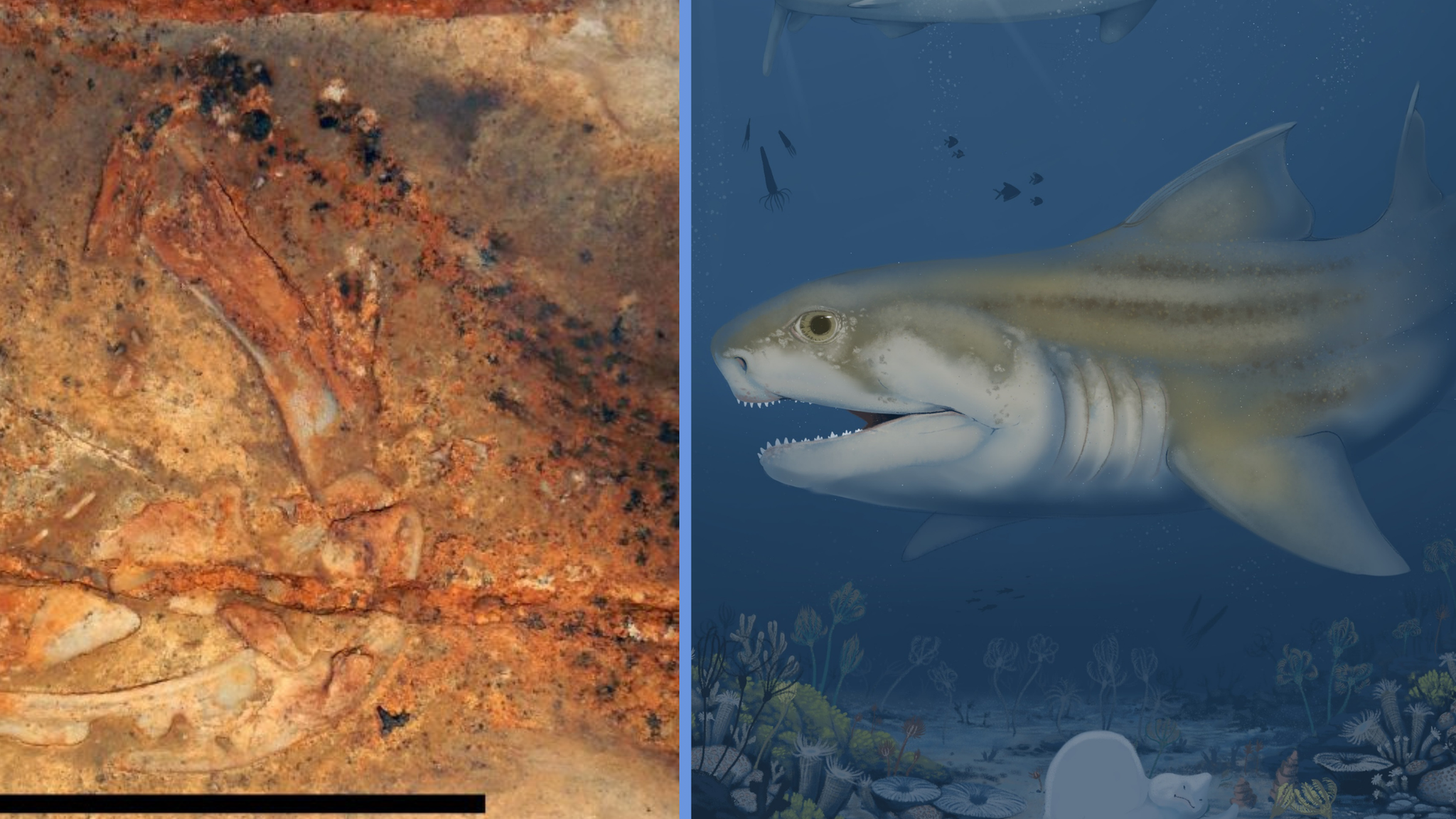Ancient species related to cows that roamed the Earth 65 million years ago discovered
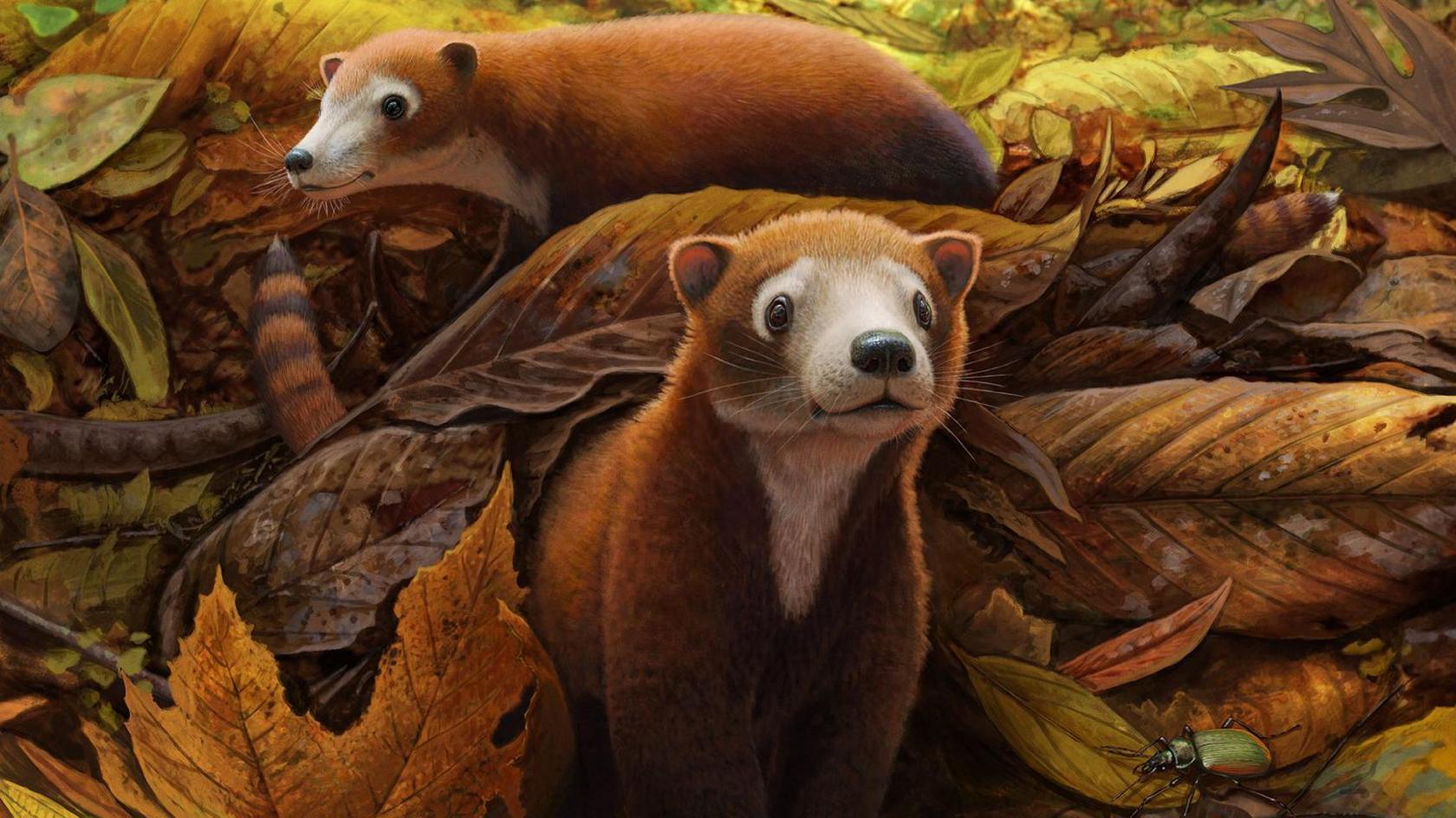
The newly discovered species, called Militocodon lydae, is believed to have been the same size as a chinchilla
- Published
Scientists in the USA have discovered fossils of a species of mammal that was around just after dinosaurs became extinct.
They discovered the skull and jaws of the creature, named Militocodon lydae, in Colorado.
The ancient species is related to modern mammals with hooves - like deer, cows and pigs.
But it's thought the animal would have been roughly the size of a chinchilla.
Experts say it could provide important clues about how species developed after dinosaurs no longer roamed the Earth.
More stories from the Newsround website
Schoolgirl discovers fossil of huge prehistoric sea reptile
- Published18 April 2024
Archaeologists identify a fossil fake
- Published16 February 2024
Fossil shows potential new dinosaur species
- Published22 May 2023
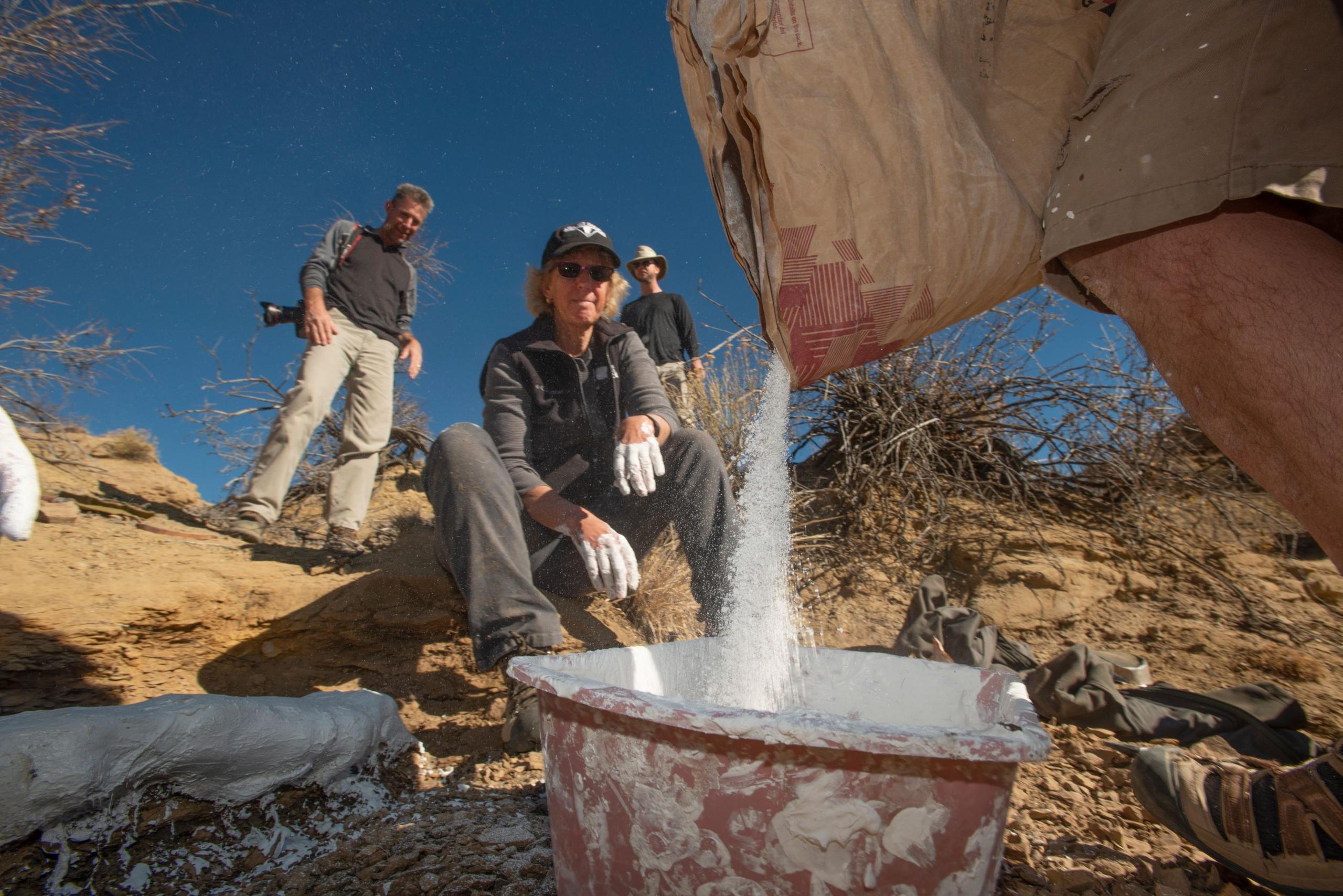
Volunteer Sharon Milito, who the species is named after, helps make a plaster jacket for fossils at Corral Bluffs
What do we know about the Militocodon lydae?
The Militocodon lydae lived 65.5 million years ago and was around the size of a modern-day chinchilla or large rat, so it was a small mammal.
Scientists believe that it likely had an omnivorous diet which means it could eat both meat and plants.
Researchers named the mammal Militocodon lydae to recognise two contributors to the project - volunteer and retired Colorado Springs teacher Sharon Milito and Denver Museum of Nature & Science supporter Lyda Hill.
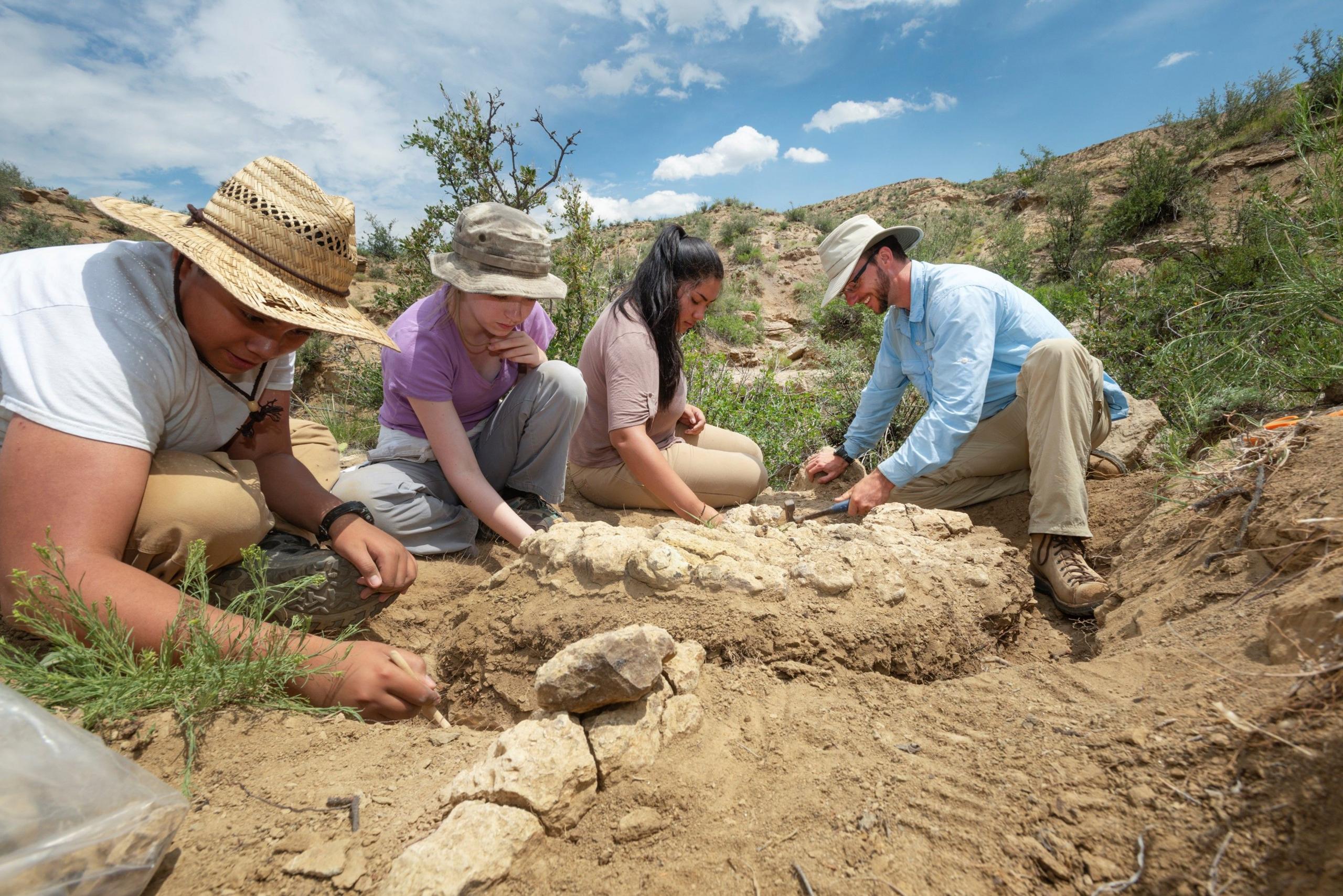
A crocodilian skeleton being excavated at Corral Bluffs during the summer of 2017
How did scientists find the Militocodon lydae?
Researchers wanted to answer the important question of what happened in the first 1 million years after the giant dinosaurs went extinct.
How and when life started to develop after this has been "shrouded in mystery".
To find the answers, they knew they would need to study complete fossils from this time, but they didn't know where to look.
They believed Bolivia, Argentina and other places around the world could hold the key, but decided to begin their search in Colorado.
The team studied the Corral Bluffs nature reserve on the edge of a city called Colorado Springs. This is where the discoveries were made.
The fossils of the small mammal were uncovered from rocks dating back to just after the extinction of the dinosaurs.
Dr Tyler Lyson from the Denver Museum of Nature & Science said: "Rocks from this interval of time have a notoriously poor fossil record and the discovery and description of a fossil mammal skull is an important step forward in documenting the earliest diversification of mammals after Earth’s last mass extinction."
This discovery is set to help us understand how mammals evolved from that time to the current day.
- Published13 September 2021
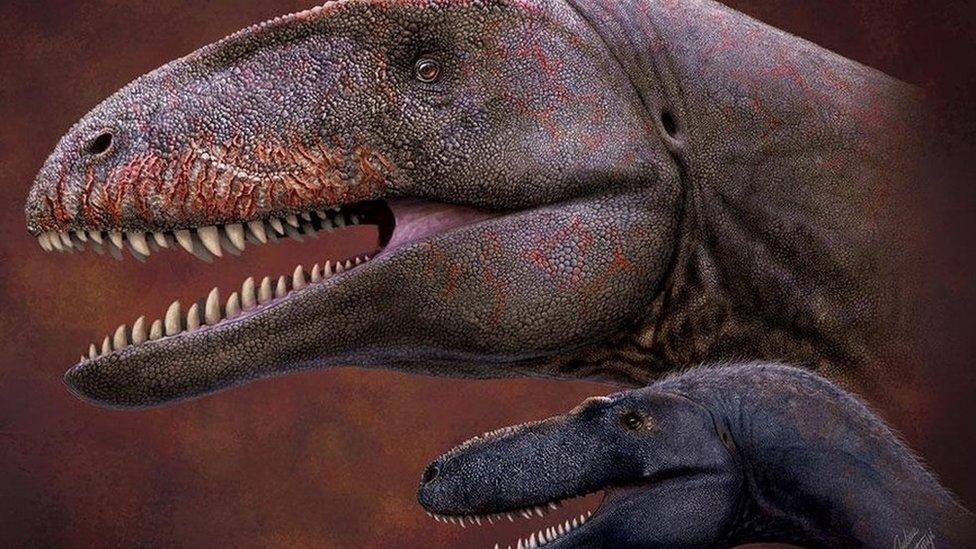
- Published10 June 2022
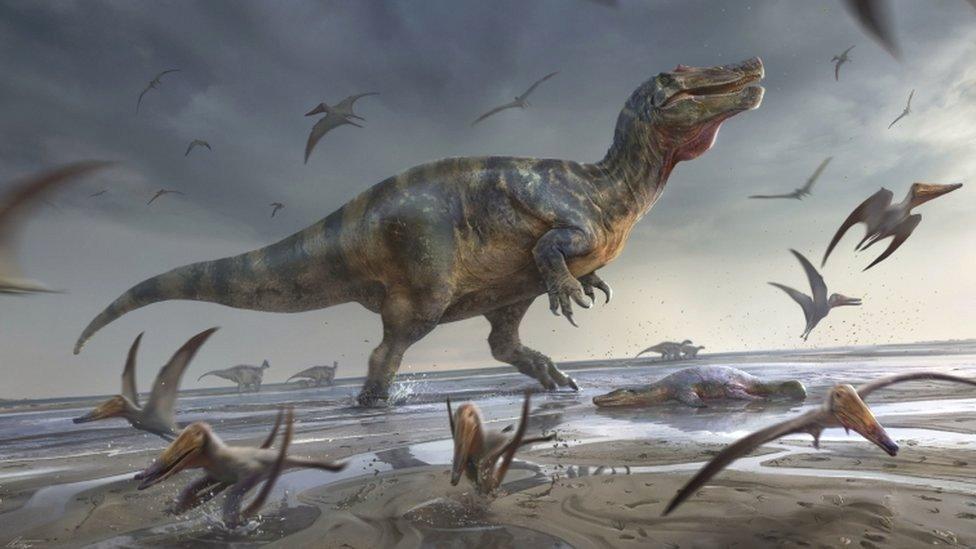
- Published22 February 2024
